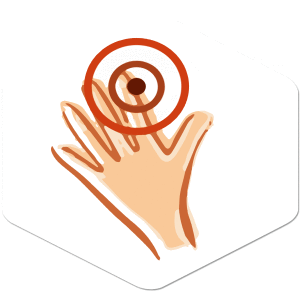Hand Pain
Hand pain includes any kind of discomfort in the tissues or joints of the hand or fingers. Hand pain may be described as throbbing, aching, increased warmth, tingling, soreness, or stiffness. Burning or prickling sensations in the hand or fingers, often called pins and needles, are paresthesias. Paresthesias are often due to temporary or permanent damage or pressure on the nerves that carry sensation messages from the hand and fingers to the spinal cord.
Hand Pain Definition
- Hand pain includes any kind of discomfort in the tissues or joints of the hand or fingers. Hand pain may be described as throbbing, aching, increased warmth, tingling, soreness, or stiffness. Burning or prickling sensations in the hand or fingers, often called pins and needles, are paresthesias. Paresthesias are often due to temporary or permanent damage or pressure on the nerves that carry sensation messages from the hand and fingers to the spinal cord.
What Causes Hand Pain?
Hand pain can be caused by irritation and inflammation due to a variety of mild to serious diseases, disorders and conditions, such as trauma, infection, autoimmune diseases, and nerve compression. For example, tingling pain in the fingers can be due to compression of the nerves that carry sensation messages from the hand and fingers to the spinal cord.
Hand joints, such as the knuckles, are particularly vulnerable to injury and other conditions, such as arthritis. Joints are complicated structures and consist of cartilage, ligaments that hold bones together, bursas (fluid-filled sacs that help cushion the joint), and synovial membranes and fluid, which lubricate the joints.
In some cases, hand pain is a symptom of a serious condition that should be immediately evaluated in an emergency setting, such as a broken bone or invasive bacterial infection.
How To Identify?
The examination allowing a detailed analysis of the pain will help identify the cause.
The interrogation is clear pain:
- Installation mode: sudden or progressive,
- The topography in relation to a particular joint, unilateral or bilateral
- The nature and schedule: daytime mechanical (appearing in the action and relieved by rest) or inflammatory (night waking);
- The existence of nodules, deformities, swelling more or less sensitive
- The intensity of the pain and sensitivity to treatment
- The functional impact: making the gestures of everyday life requires particularly gripping
- The presence of neurological signs, tingling
- But also disfigurement

